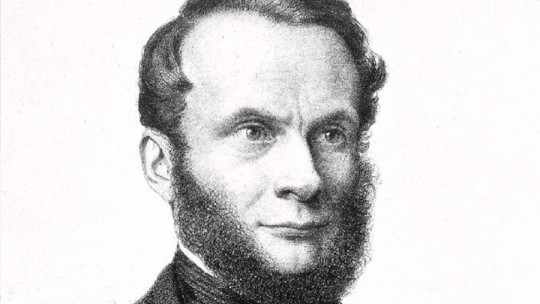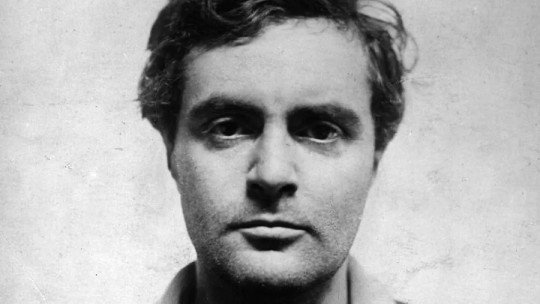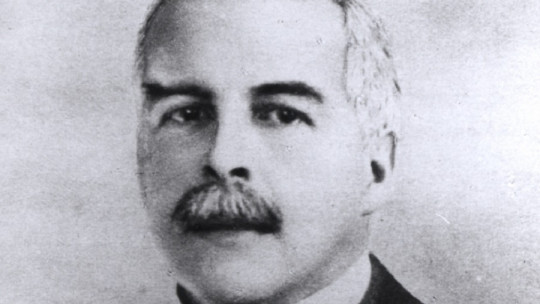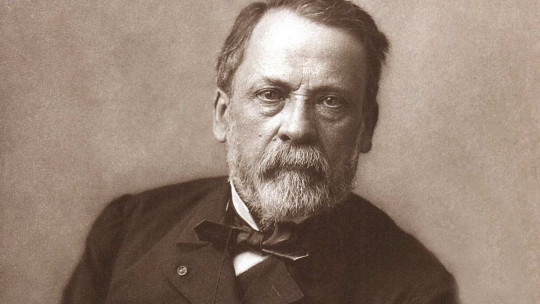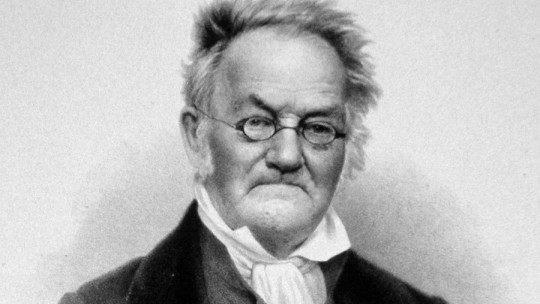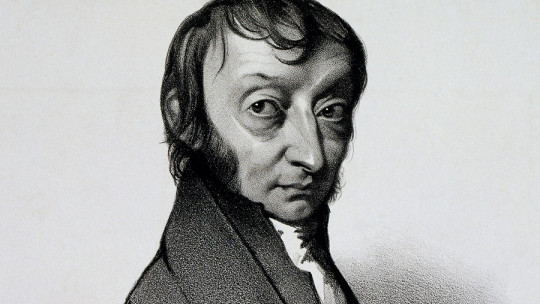
Amedeo Avogadro is known for the formula he developed and to which he gave his name, Avogadro’s law based on the fact that when different substances in a gaseous state, being in identical temperature and pressure measurements, also contain the same numerical amount of molecules.
In addition to carrying out extensive teaching and research work, Avogadro was linked to politics in his country, which resulted in the loss of his professorship at the University of Turin, where he worked for several years.
Here We will review the life of this researcher through a biography of Amedeo Avogadro and his main contributions to science will also be discussed.
Brief biography of Amedeo Avogadro
Lorenzo Romano Amedeo Carlo Avogadro, the count of Quaregna and Cerreto, better known as Amedeo Avogadro, born in Turin on August 9, 1776 He was the son of a magistrate named Filippo Avogadro.
Academic training
In 1796 Amedeo Avogadro graduated in canon law, following in his father’s footsteps, and then registered as a lawyer in the city of Turin.
Nevertheless, He was not passionate about his work, while mathematics and physics were, subjects to which he dedicated himself. For this reason, he decided to begin his studies in physics and mathematics in the year 1800.
In 1809, at the age of 33, he obtained a position as a physics teacher at the Royal College, a secondary school located in Vercelli, a city located in northern Italy.
While in Vercelli he combined teaching with research work discovering that when two volumes of hydrogen gas were combined with one volume of oxygen gas, two volumes of water vapor were produced.
Stage of great development as a scientist: discovery of Avogadro’s law
While Amedeo Avogadro continued his work as a physics professor at the Royal College, he did not stop researching and In 1811 he developed a hypothesis that several years later became famous within the scientific community, named Avogadro’s law which will be explained in greater detail later.
Subsequently, he sent the report on his theory of Avogadro’s law to the Journal de Physique, entitled “Essay on a way of determining the relative masses of the elementary molecules of bodies, and the proportions according to which they enter into these combinations.”
It should be noted that this essay did not gain the importance it deserved until 50 years later, especially thanks to the work of the Italian chemist Cannizzaro, who presented Avogadro’s theory at a Congress of chemists in 1860 in Karlsruhe (Germany). being Cannizzaro’s reformist principle, which meant the implementation of a concept and also a reliable method to determine the atomic weights, as well as the corresponding composition formulas of the substances.
At that time, when exposing the theory that he had developed had to overcome various difficulties, one of them being the great confusion that existed in differentiating atoms and molecules so he made a great contribution by clarifying the differences between these two concepts.
Although it is true that he did not use the word atom in his research, because the words atom and molecule were considered synonyms, Avogadro differentiated three classes of molecules, one of them being called an elementary molecule, which is the one we use today. Today it is known as an atom, thus leaving a first step in the clarification between atoms and molecules.
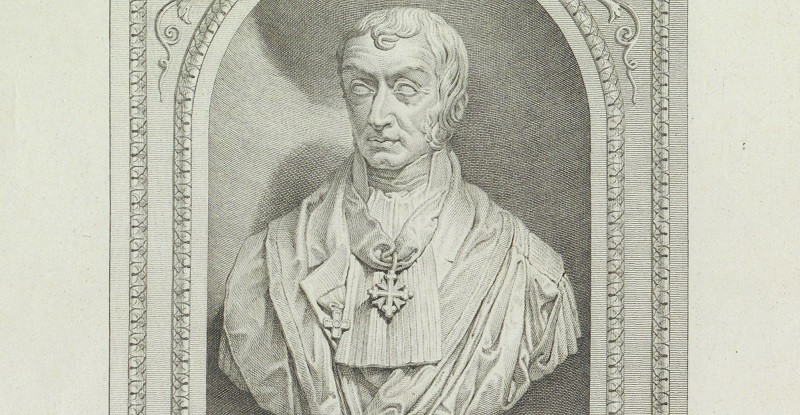
In 1814, Avogadro published his “Memoir on the relative masses of the molecules of simple bodies, or expected densities of their gas, and on the constitution of some of their compounds, to subsequently serve as an essay on the same subject,” whose research It was about the density of gases.
Regarding his personal life, In 1815, Avogadro married Felicita Mazzé ; together they had six children.
First stage as a physics professor at the University of Turin
After working as a physics teacher at the Royal College of Vercelli for 11 years, in 1820, Avogadro stopped teaching at this secondary school. obtaining a position as a physics professor at the renowned University of Turin, where he would soon become the first professor of mathematical physics (known in those times as sublime physics).
The year after starting at the University of Turin (1821), Avogadro published a memoir called “New considerations on the theory of proportions determined in combinations, and on the determination of the masses of the molecules of bodies” and shortly after Later he published “Memory on the way of including organic compounds in the ordinary laws of determined proportions.”
Outside of the academic context, Avogadro was part of the political revolution movements that opposed the king of Sardinia, causing him to lose his professorship at the university in 1823 retaining only a modest pension and the title of emeritus professor.
Restitution at the University of Turin and culmination of his scientific works
In 1833 Avogadro managed to regain his old position at the University of Turin, thanks to his great work as a researcher, for which his work was beginning to stand out.
It is in 1941 when Amedeo Avogadro publishes his scientific works grouped in 4 four volumes entitled “Fisica dei corpi ponderabili, ossia Trattato della costituzione materiale di’ corpi” (Physics of ponderable bodies or treatise on the material constitution of bodies), serving these investigations for the development of laws, hypotheses and theories of authors after Avogadro.
In 1850 he finished his career as a professor at the University of Turin and, six years later, he died in his hometown, Turin, at the age of 79.
Discoveries of Amedeo Avogadro
These are the main scientific contributions by Amedeo Avogadro.
Avogadro’s Law
To develop his theory, Avogadro followed John Dalton’s atomic theory of vectors of motion in a molecule.
Dalton’s research consisted of establishing the importance of atomic weights, that is, the relative weight of the particles that make up the bodies. That is why Dalton’s theory to calculate atomic weights was a great advance for science and allowed other scientists to advance based on his discovery.
Through the calculation of the weight of atoms, John Dalton was also able to develop the law of multiple proportions, which was supported by the French physicist and chemist Louis Joseph Gay-Lussac, it is based on the fact that when two or more elements are combined to create different compounds, once the immovable mass of one of the compounds is given, the mass of the other compound is combined with said immovable mass, and the second has canonical and indistinct numbers as a relationship.
Based on Dalton’s theory, Avogadro developed a way to simply calculate the mass of the molecules of bodies that have the possibility of passing into a gaseous state and the numerical quantity of those molecules
His hypothesis in this regard said that when different gases have the same volume and are at a similar temperature and pressure conditions, the number of molecules they contain is the same.
Avogadro’s number
Avogadro’s number, now called Avogadro’s constant, is used in chemistry to designate the number of particles that constitute a substance, commonly being molecules or atoms, which can be found in the amount of one mole of said substance
It is a proportion factor that allows the molar mass of a substance to be related (it is the physical magnitude that allows defining the mass of said substance by the unit amount of substance, expressed in kg/mol) and the mass that is present in a sample.


